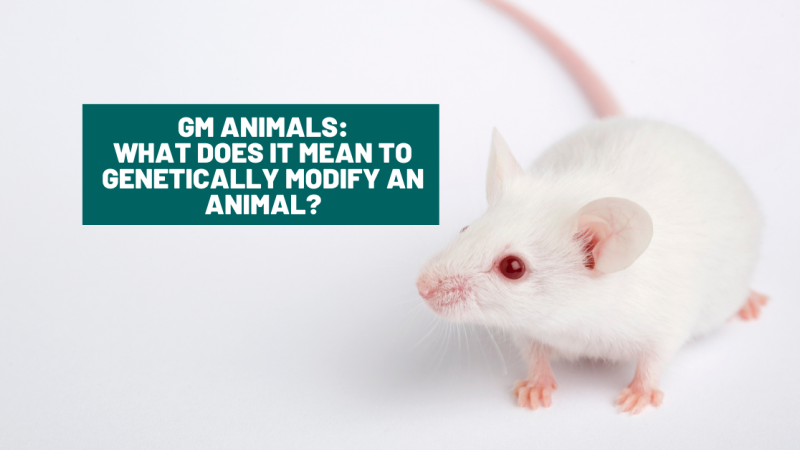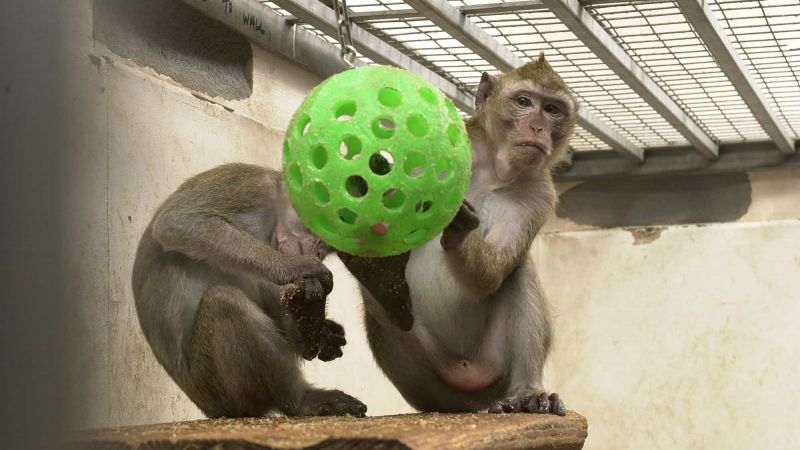Transgenic mice have been used in research for the last 20 years, and have made significant contributions to biomedical research. Last week scientists in Japan produced the first transgenic monkeys.
The findings, reported in Nature, have important implications for studying genetically inherited diseases. Many news outlets have picked up on this story, including The Times, which featured an opinion piece by Hugo Rifkind. It has also appeared on many other sites, including on the Pro-Test blog.
Transgenic mice have been revolutionary in biomedical research. They have made it possible for scientists to study the effects of specific genetic modifications in particular cells or organs (see our page on genetically altered mice).
As helpful as these mice models can be, there are still many differences between mice and humans. It is beneficial to have the best models possible of human disease in these mice, which is why transgenic mice have proved so useful. However, research will often progress to larger mammals and eventually non-human primates before humans, to give the most accurate indications of the effect on humans.
The prospect of being able to produce a transgenic monkey carrying the human gene for a particular disease could lead to more reliable animal research. There have therefore been studies in the past where teams have attempted to produce transgenic non-human primates. The first transgenic NHP was a macaque named ANDi in 2001. ANDi was engineered to produce the same protein as the current study, but was unable to pass the gene onto his offspring. The ability to pass genes on to further generations is key to producing a good research model, as it is too costly and difficult to insert new genes into every required animal.
This is why the results of this paper are potentially very important, as the team report that they produced five marmosets, all of which express a green fluorescent protein (GFP), which was passed onto their offspring.
As exciting as this research is, it is important to stress that the results do not mean this technology is ready for widespread use now, and there are many concerns to address before it does.
The ability to produce transgenic mice has led to a significant increase in the number of mice used in research, and some worry the same will happen with non-human primates. However, it is difficult to say at this point whether this will be the case, and it is possible that this technology could actually reduce the numbers of animals that are used in research, as they will be better models for human disease.
Also - yes the team in Japan have effectively produced glowing monkeys, which fluoresce under ultraviolet light. But no - this is not typical of the kind of animal this technology is likely to produce in future. The introduction of the green fluorescent protein was carried out to test the technology, to ensure that the gene was expressed in the offspring. It is actually a good choice of gene, as the fluorescence of cells can be tracked using a simple UV light, rather than more invasive procedures. If this technique does eventually go on to produce colonies of monkeys with inserted genes, they will be models for incurable genetic diseases such as Alzheimer's and muscular dystrophy.
We believe that this type of research has considerable potential for medical advancement. However, individual projects must be scientifically justified and subject to ethical evaluation. In addition, researchers must act responsibly and humanely to the animals. We believe the public should also be well informed in this area of research, with scientists prepared to openly discuss the implications, an issue which has been discussed in detail in Nature.
Last edited: 29 July 2022 10:13



